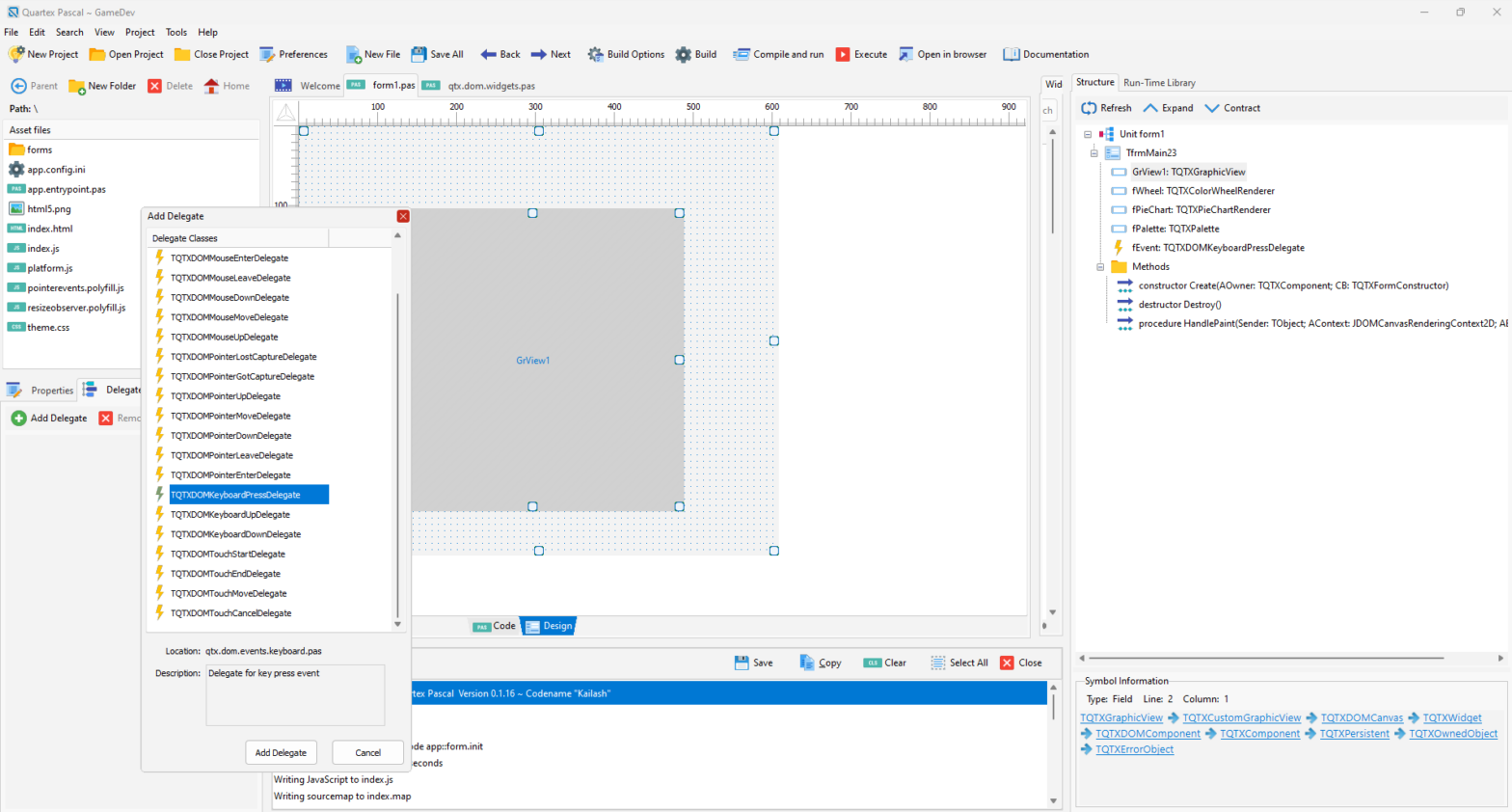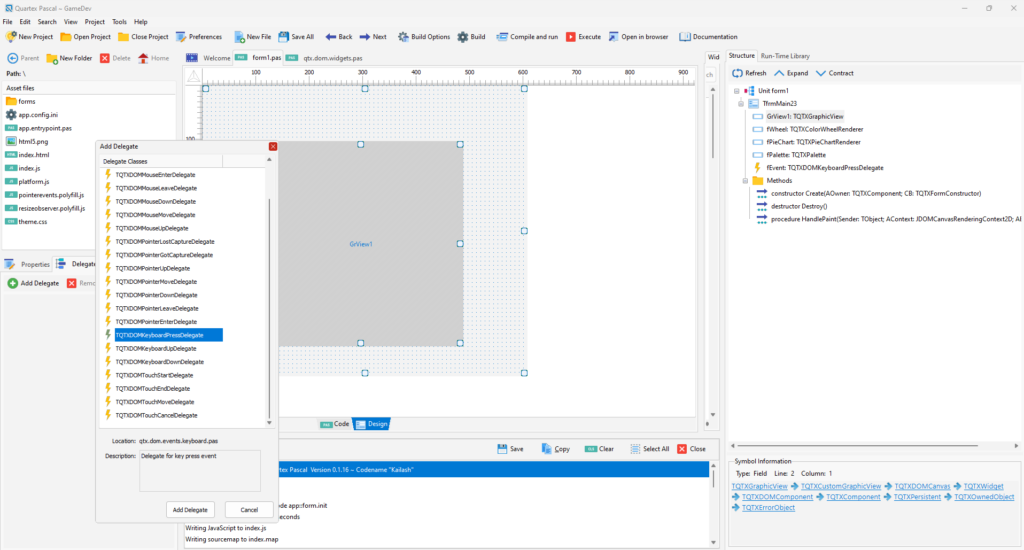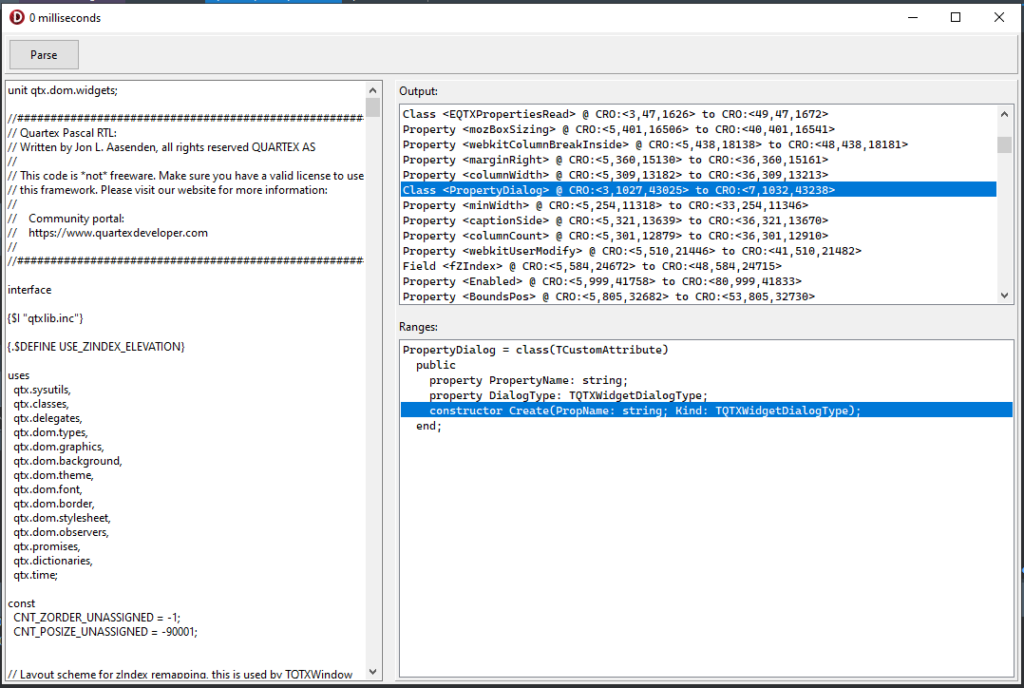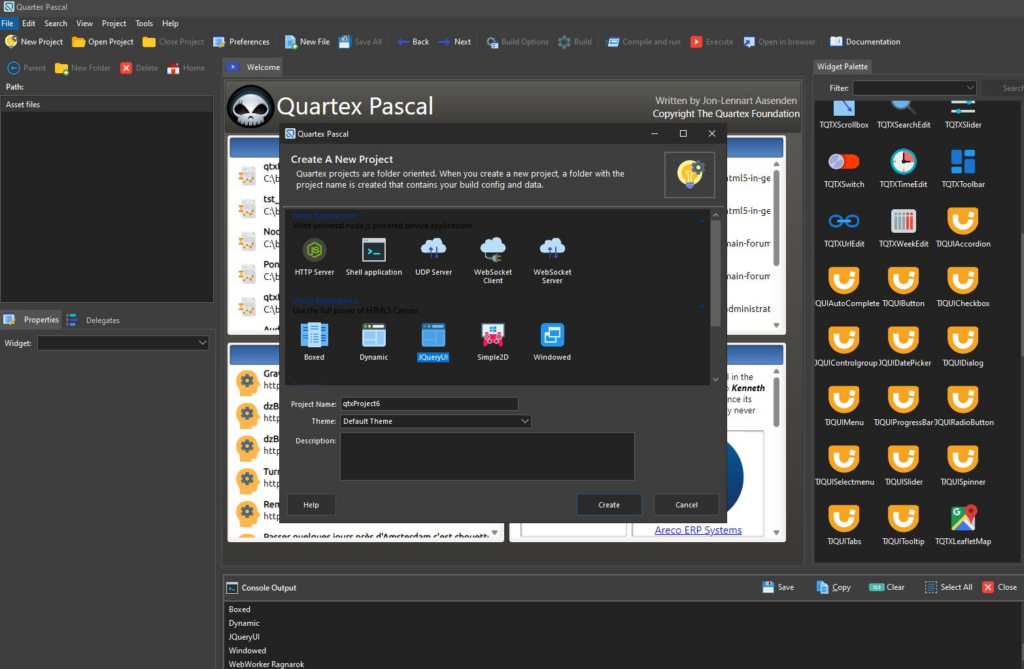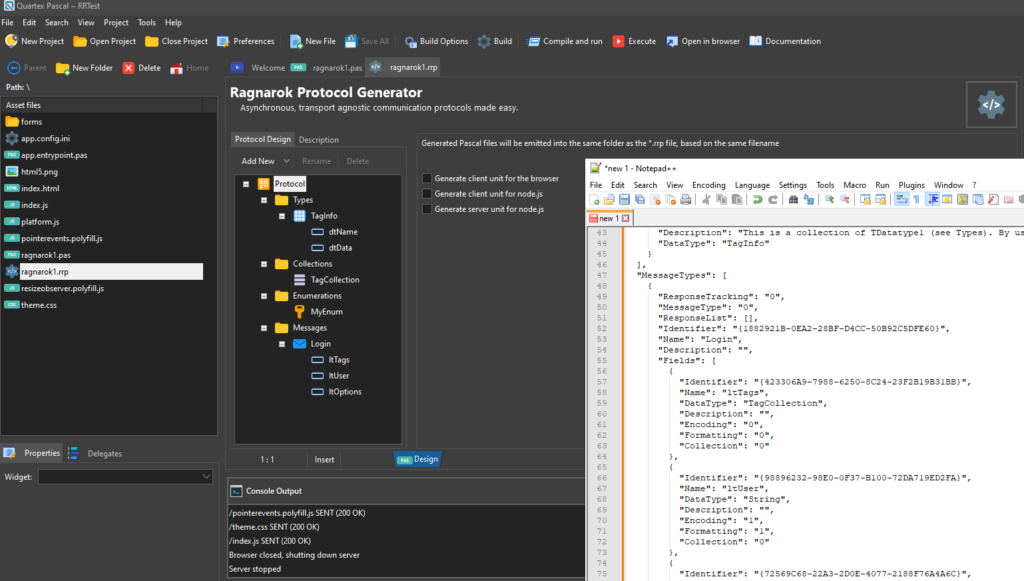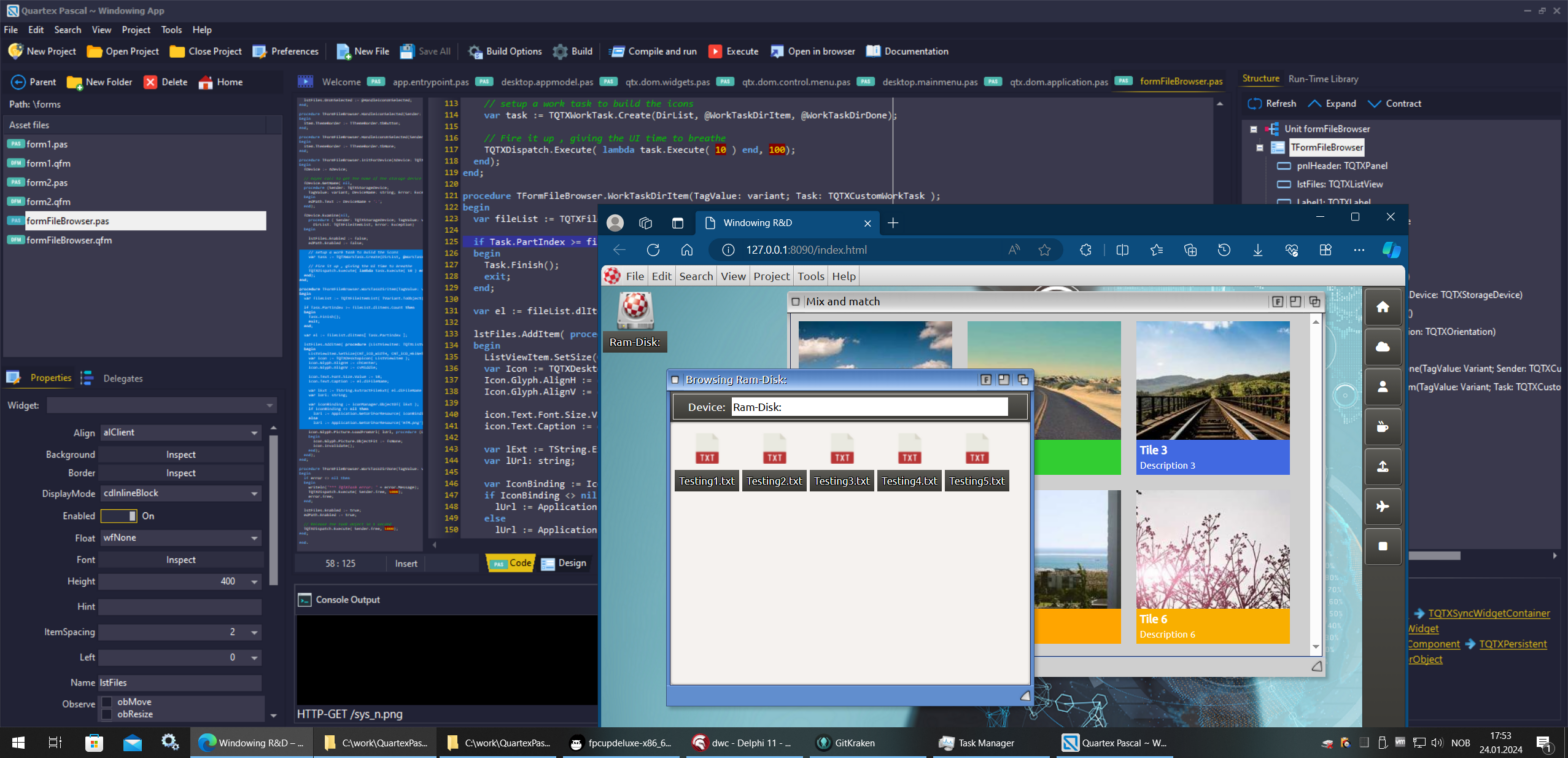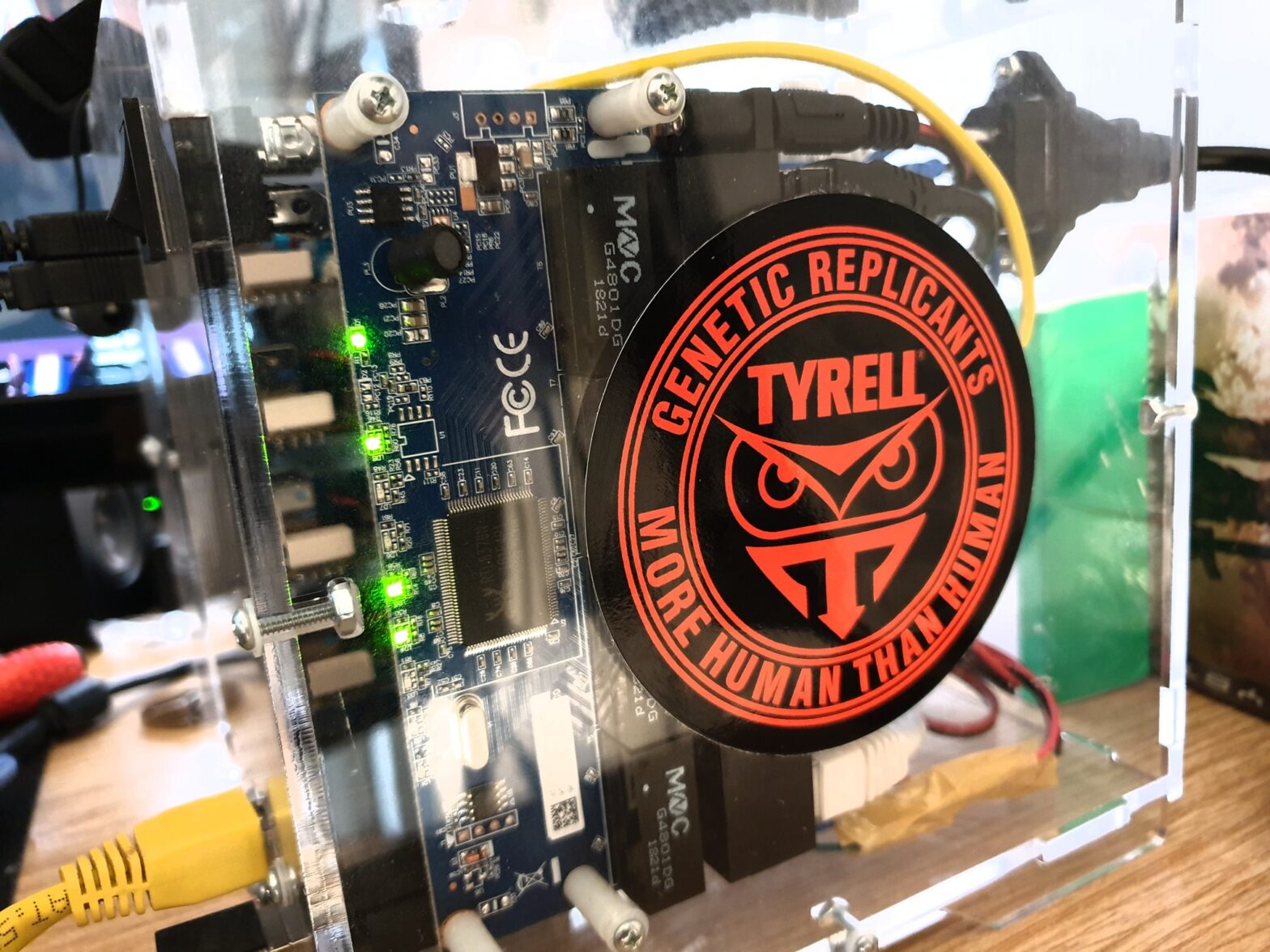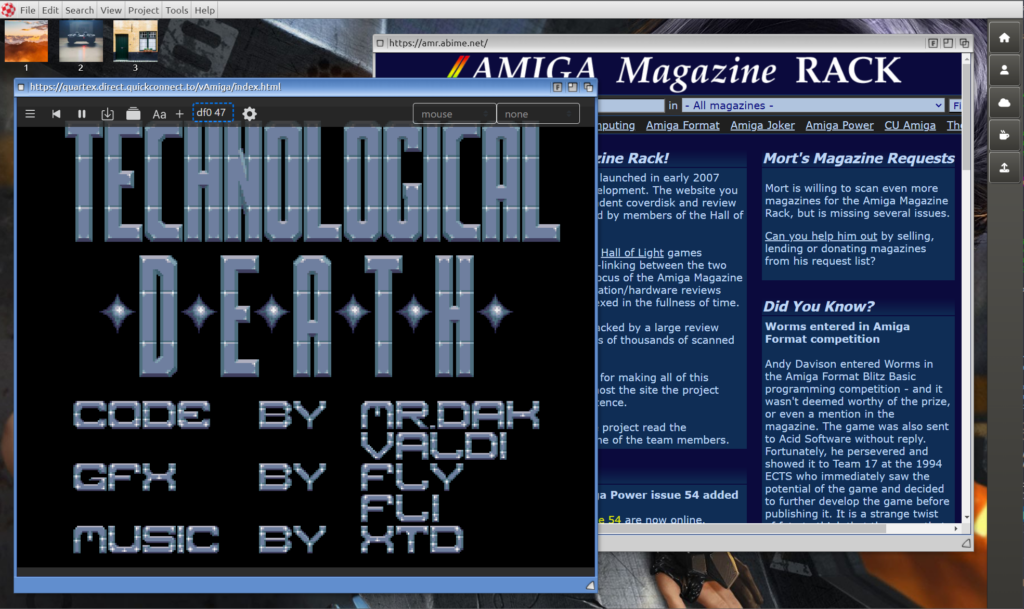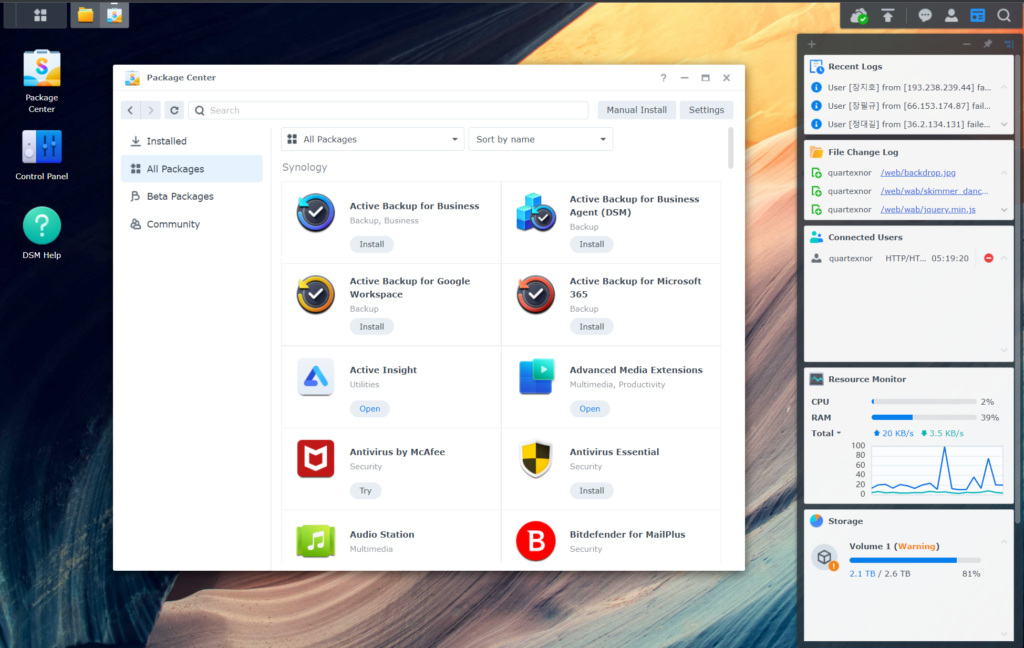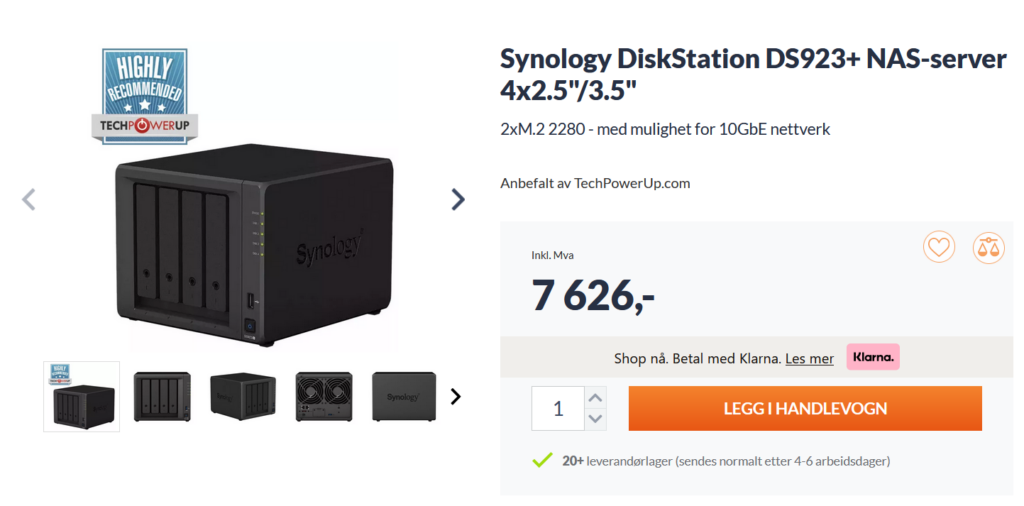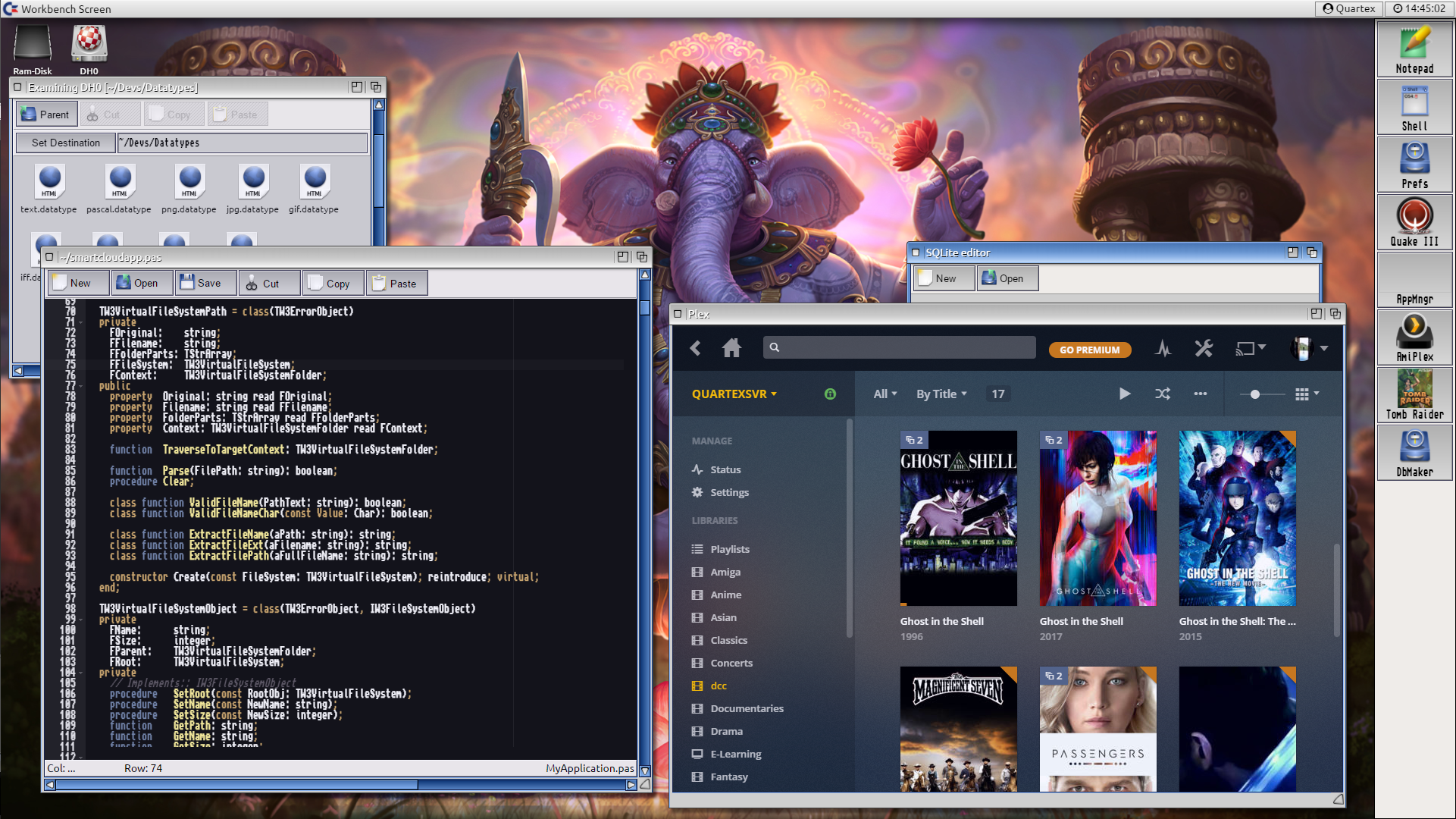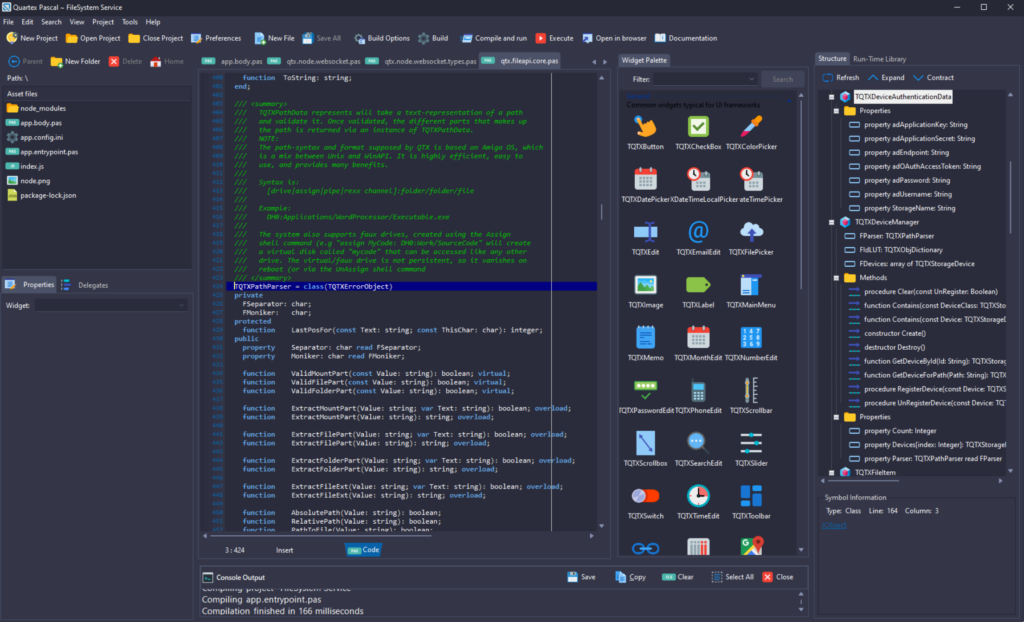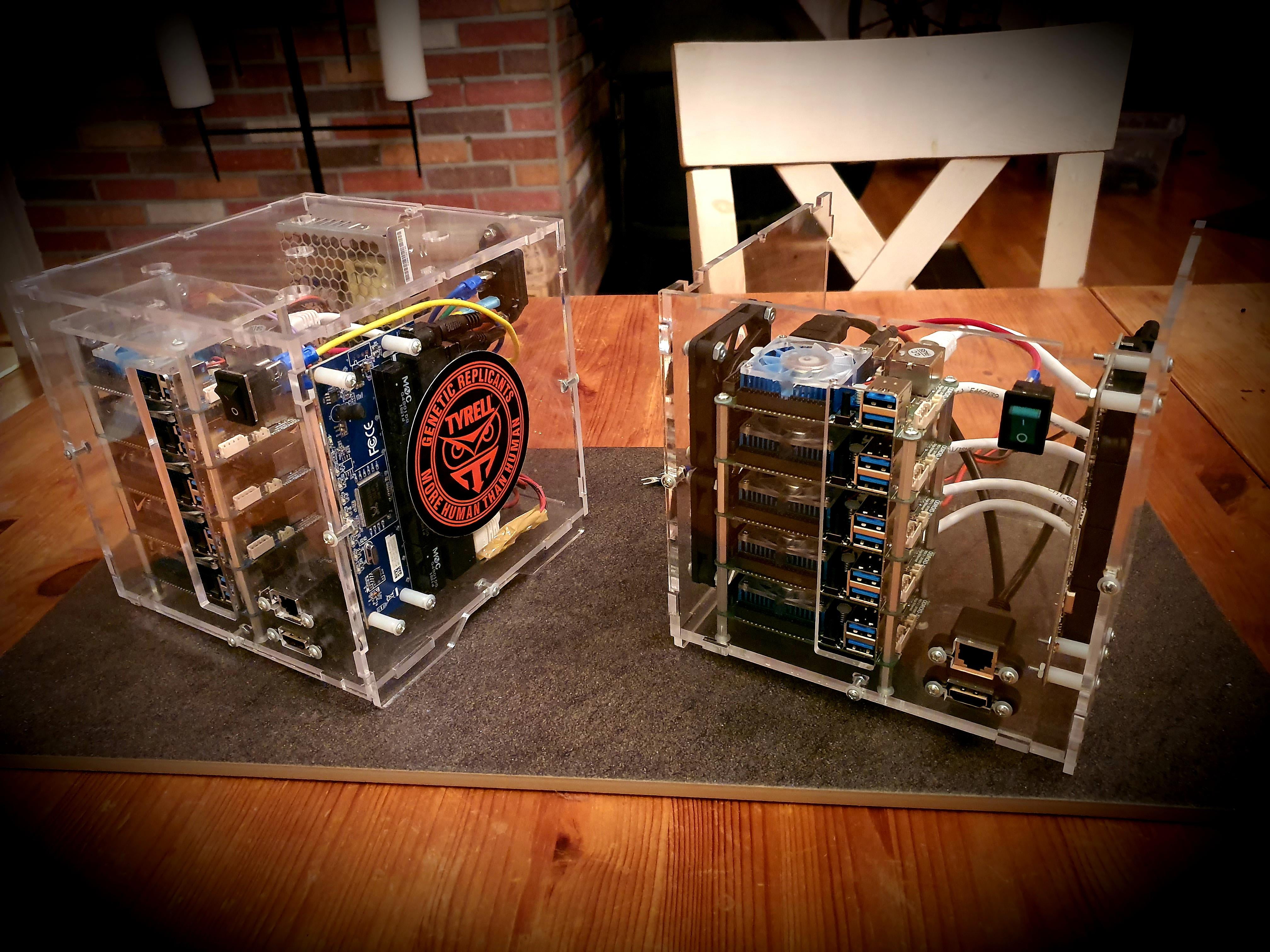We are nearing the end of this developer cycle, meaning that the last deep-dive is coming to an end, and thus we turn back from the low-level coding and return to the UI tickets and final push.
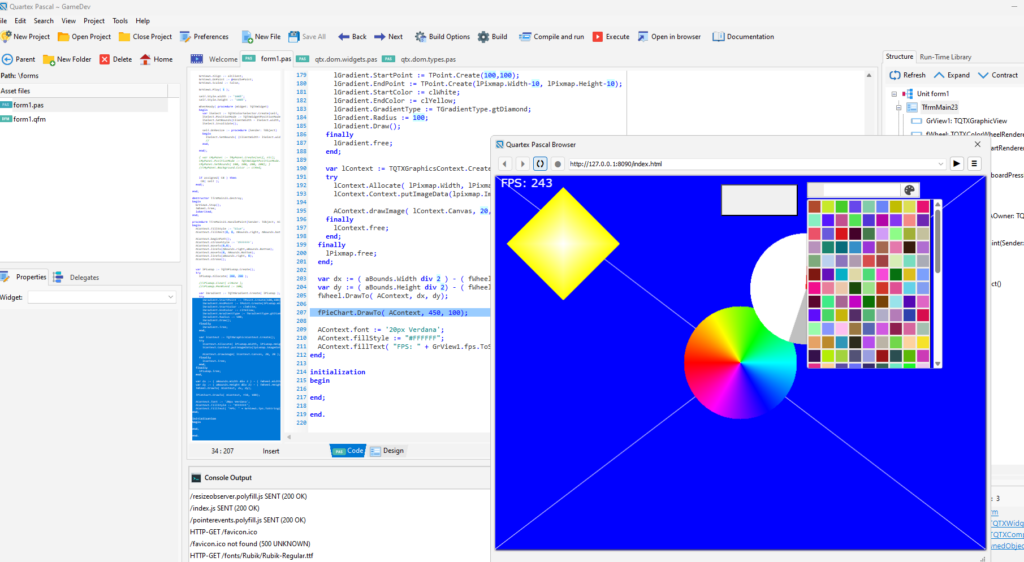
There have been a few hiccups along the way, but nothing we cant handle.
Unit structure and AST rebuild
The IDE has a new and very fast parser in place. This parser does not replace DWScript, but is meant to compliment it when doing complex tasks. Our parser is much faster than DWScript since it technically doesnt parse beyond the implementation keyword (so more or less only half the unit, if that).
What our parser excells at is to quickly find out where a piece of text is located. It can be something as simple as the “unit” keyword and accompanying name, to more elaborate tasks like finding a class definition – and further extracting information about a specific property.
The most immediate use is when dragging and dropping widgets onto a form. Here we must quickly check if the unit where the widget is defined is already in the form’s uses list. If it’s not, then it needs to be inserted. Having to literally compile the whole unit during a drag and drop operation is counter productive. So these are some of the tasks where a fast, ad-hoc parser can do miracles.
Those that tested the last update probably noticed that it was faster already, but after these latest changes — it’s virtually instantanious.
Unit structure
What I am doing right now is to make sure the unit structure is rebuilt only when there are changes, and that only the changed nodes are processed. This is not as easy as you might think since so far the unit-structure has been updated whenever we rebuild the model (which the IDE does quite a few places, which is why the new parser will come in handy).
Previously we rebuilt the model “on demand”, so whenever we needed the AST object we basically issued a rebuild on the spot. This works, but as the IDE grows in complexity it is simply not sustainable to have models being spawned left and right. As such I have isolated model rebuild in a separate class, which listens for changes to the current editor (if it’s a Pascal tab) and will schedule a rebuild after a change is finished. So it will know when you start typing, but will wait until you stop typing to issue a rebuild.
The Unit structure manager (called a provider in our system) likewise listens to the same change notifications, and will enter “wait state” when it notices a change. Because it knows the model will be ready as soon as you stop typing.
Ditching Facebook
Facebook have been acting strange lately (again) where it keep classifying articles and content that i cross post as “spam”. How exactly I can spam my own groups with coding links and articles I wrote is beyond me, but I think it’s time we move away from Facebooks.
As such I have invited the members of our Facebook group (the backers of the project) over to Discord, and from now on any news and updates will be first posted to the forum — and then cross posted to Discord. I dont see any other way to deal with this because Facebook is quite frankly unreliable. It’s the same thing that happens again and again, and since I run several groups closely knit by topic — my posting behavior will always be different from whatever they trained their Ai model on.
But it’s not a huge loss. We always did plan to leave Facebook. I had hoped we could use it to finish version 1.0 before we jumped over to our own forums completely, but — might as well do it now and get it over with.
Other additions
The TQTXPixmap class has been getting some much needed love. I have added gradient methods to it, with support for the 5 most common gradient types (including radial).
I likewise added Draw(), DrawStretched() and DrawRotated() methods to it, making it very simple to copy raw pixel data between TQTXPixmap instances. I am using scanline copying as much as possible, so as far as 2D graphics goes this class is now very, very powerful.
I also fixed a problem with the RGBA alpha blending code, and optimized more or less the entire library. This is quite important because this class also works under node.js — which by default has no graphics capacity what so ever. Eventually we can add JPG / PNG and GIF codecs to it, making it 100% runtime independent. I quite fancy compiling a C/C++ font renderer to asm.js too, so we can do live decoding and rendering of TTF font files — but right now this is not a priority.
UI tasks and back-end node.js server
As we now turn the boat and return to land so to speak, we have a relatively small list of UI improvements that needs to be done (including that annoying bug when you rename and/or delete files in the active project folder) — and then the main system is ready.
Before we launch there is just one thing to add, and that is to implement our license server. This will be coded in QTX ofcourse and will handle product registration and trial versions. This is quite crucial but it needs to be in place.
Oh, and I want to add one more project type to the IDE, namely “library”. This will basically be a project type that adds nothing – meaning that it will not inject any startup code. What you write is what you get (more lightweight compilation to JS) which makes it more suitable for doing library code, or code modules that you wish to use from JS. This can be quite handy when you do JS tasks regularly, but would like the benefit of using object pascal and the RTL instead.
So yes, we are making good headway!
